Many wellness facilities chase the latest trends, assuming it will help them attract members and get ahead.
But in many cases, this doesn’t happen. Facilities add everything from yoga to cold plunges, but these offerings don’t compel members to stick around.
Sean Russel Herman has learned how to lean into trending modalities in a way that makes people want to keep coming back. He operates Musou Movement, a studio in Greenville, South Carolina, which offers a unique blend of movement disciplines, including martial arts, gymnastics, dance, and calisthenics. He’s also added cold plunges, dry saunas, and breathwork to complement these practices.

His efforts have paid off. While the wellness industry is known for high turnover, 70% of Musou members have been with the facility for 18 months or longer.
His ongoing success is rooted in personal conviction and rigorous evaluation.
The Essentials:
▶ Wellness facilities chase trending modalities without personal experience, adding services they don’t use or believe in.
▶ This creates disconnected experiences that don’t provide holistic benefits, making it difficult to retain members.
▶ Owners should personally test new modalities and ensure they reinforce their existing services and culture.
Following the leader
Wellness facilities have developed a habit of seeking to replicate what looks successful. They observe competitors offering new services and decide to add the same ones.
On the heels of Herman’s success with saunas and cold plunges, for example, other studios in the area started to incorporate them.
But many owners end up adding services they don’t personally use or believe in. They make decisions based on what’s trending rather than personal experience with what’s actually effective. “There are a bunch of studio owners who only care about the money, and they don’t actually live what they teach. Most of them don’t even teach. It’s a business to them,” Herman observes.
The lack of understanding also means that owners often overlook how all of their services fit together. New modalities are added as isolated practices rather than pieces of a cohesive program. As a result, members get a disconnected, generic experience that doesn’t provide the holistic benefits they increasingly demand. They don’t renew, and the facility’s reputation takes a hit.
Practice what you teach
Rather than copying modalities because they’re popular, owners need to gain real-world experience first.
Herman personally tests every practice before bringing them into his studio. This hands-on experience enables him to validate whether they are effective and if they belong in his program.
Once he has personal experience with a practice, he asks himself three questions. They force him to pause and reflect on whether it works as expected and if it aligns with the studio’s practices and culture. If it doesn’t, he doesn’t move forward, because he knows it won’t benefit his members or his business.
“If I don’t believe in it, I won’t teach it, and I won’t bring it on,” Herman shares. “Everything I have at Musou is purposeful because I believe in it.”
He continuously applies this same line of questioning to existing modalities as well, to confirm they’re still serving members and the business effectively.

Question 1: Does this live up to its promise?
Personal experience allows owners to determine whether a trending practice delivers the benefits it promises.
Herman picked up yoga 18 years ago and loved it; so much so that he eventually paired it with the surfing programs he ran. He stayed close to the practice, which allowed him to watch it evolve over the years. But as it became increasingly commercialized, Herman saw it moving away from something that actually helped people.
“At Musou, I started with yoga because I thought it was going to bring in a different demographic,” Herman explains. “But it wasn’t the right fit. I feel like yoga has completely lost itself and become way too commercialized. It’s not very beneficial anymore.” So Herman pulled the plug.
Question 2: Does this strengthen our existing program?
Herman ensures that everything in his practice connects. Each component amplifies the therapeutic benefits of the others, creating a more effective and distinctive wellness experience.
On the movement side, Herman teaches martial arts, which helps strengthen the body but also creates imbalances. To help correct this, he also offers gymnastics training. Meanwhile, practicing dance helps members improve their foot and ankle work, which feeds back into martial arts.

Modalities like breathwork, cold plunging, and sauna all serve to enhance the system. They help members recover, allowing them to train consistently, prevent injury, and improve their performance. Finding ways to promote sustainable practice is always top of mind for Herman. “I’m not an advocate for overtraining,” he says. “I want members to be able to come in the next day and train something new.”
Want to learn how to effectively deploy recovery equipment in your facility? Check out this step-by-step guide.
Question 3: Does this align with our culture?
Wellness practices should reinforce facility culture rather than dilute it.
Herman is very selective when it comes to his target audience. He’s focused on entrepreneurs with a strong mindset. “I only want people there who train everything,” he states.
His recovery services create natural community-building moments for his like-minded member base. They often spend additional hours after training, using the sauna multiple times, cold plunging together, then relaxing on the patio. This post-work socializing creates social connections that last beyond their training time.
“It’s a movement community. It’s a lifestyle for everyone that trains here,” Herman explains. Which means it’s something that his competitors can’t replicate.

Hitting the mainstream
Herman expects more facilities to add recovery services, such as saunas and cold plunges.
“I see it becoming more and more mainstream,” he predicts. “But I hope that people put the time and energy into understanding what exactly it is rather than just following the fads.”
Facilities willing to do the work and integrate new modalities with care will differentiate themselves from their peers. Because today’s members don’t want a laundry list of wellness amenities. They want results and social connection.
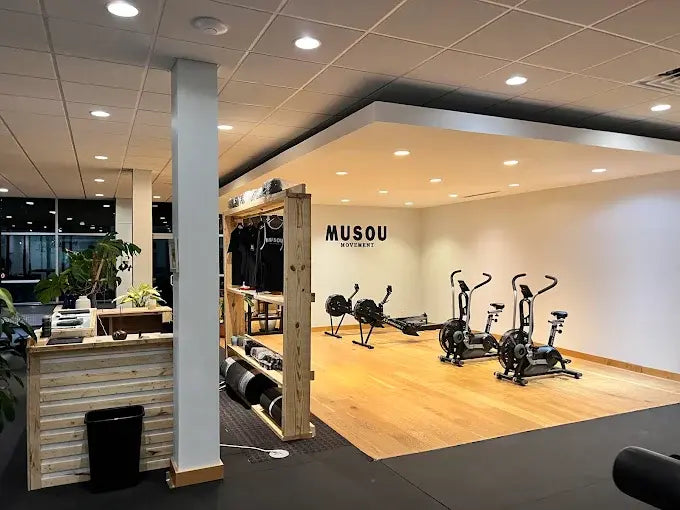
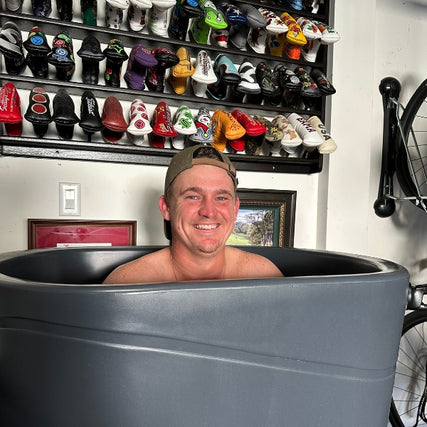

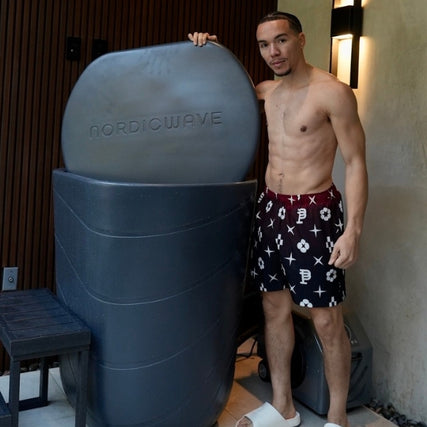
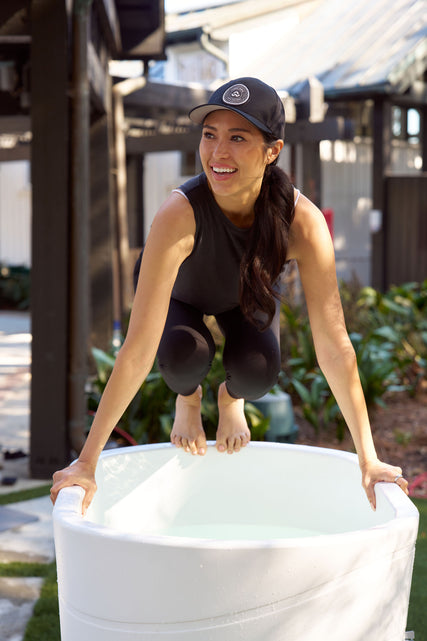
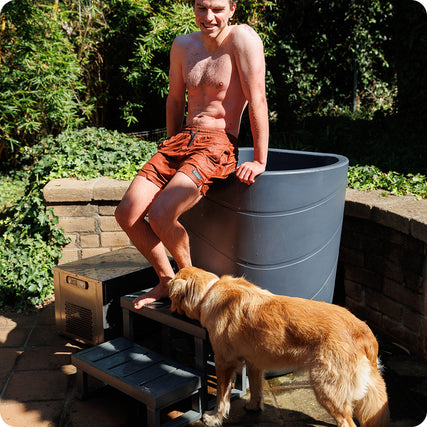

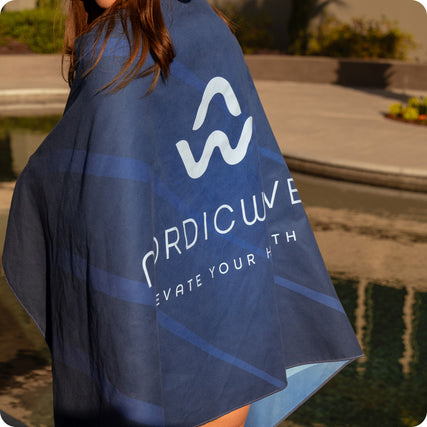
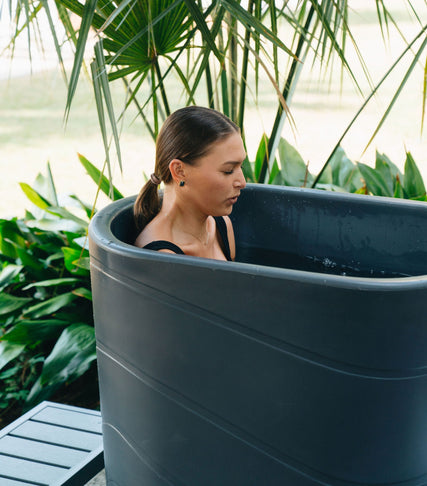
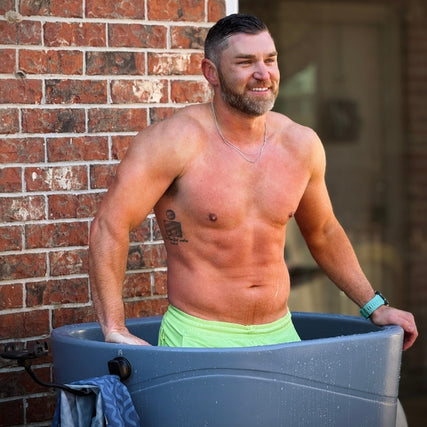
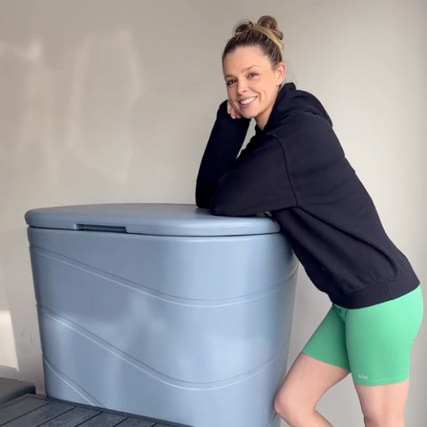
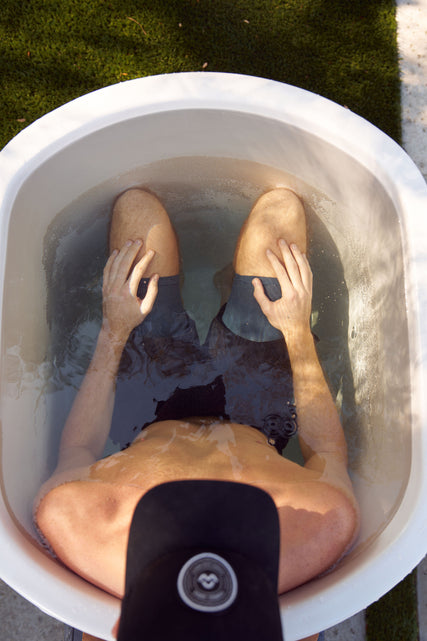
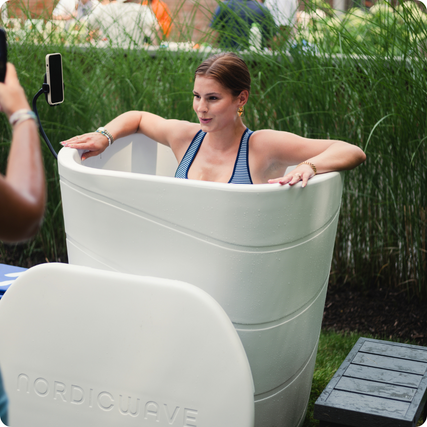
Share:
The Benefits of Drinking Hydrogen Water